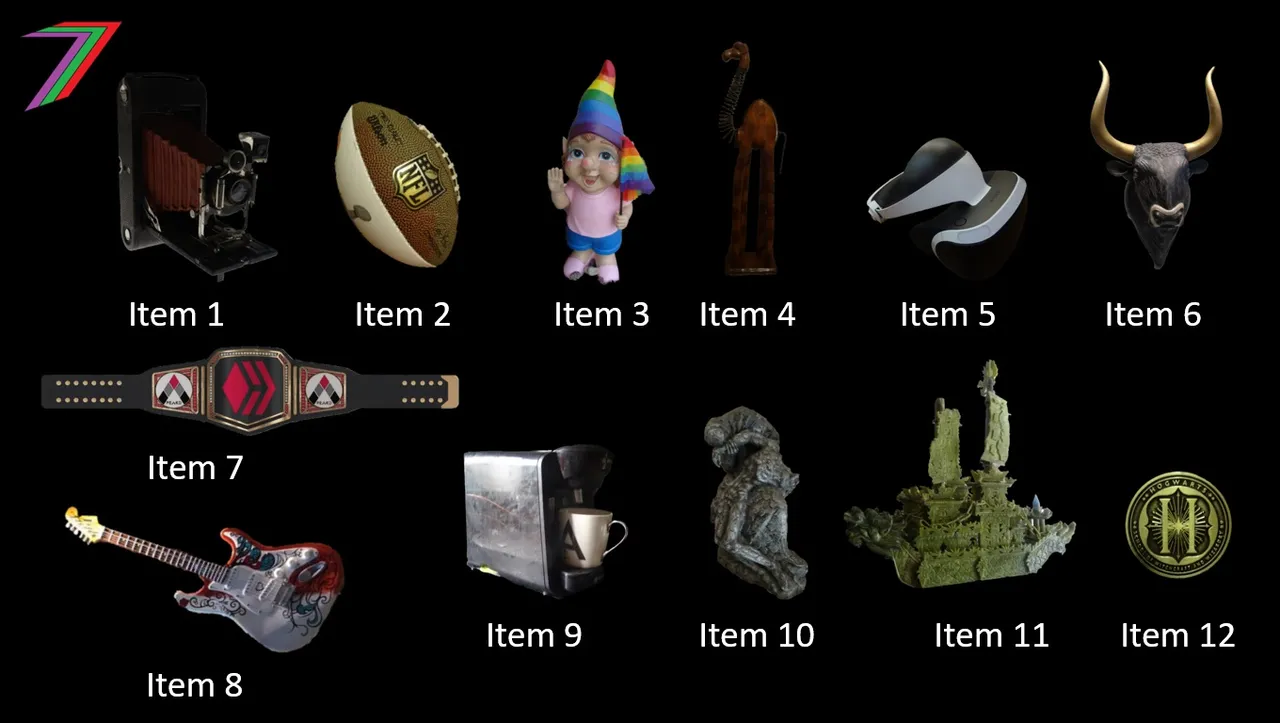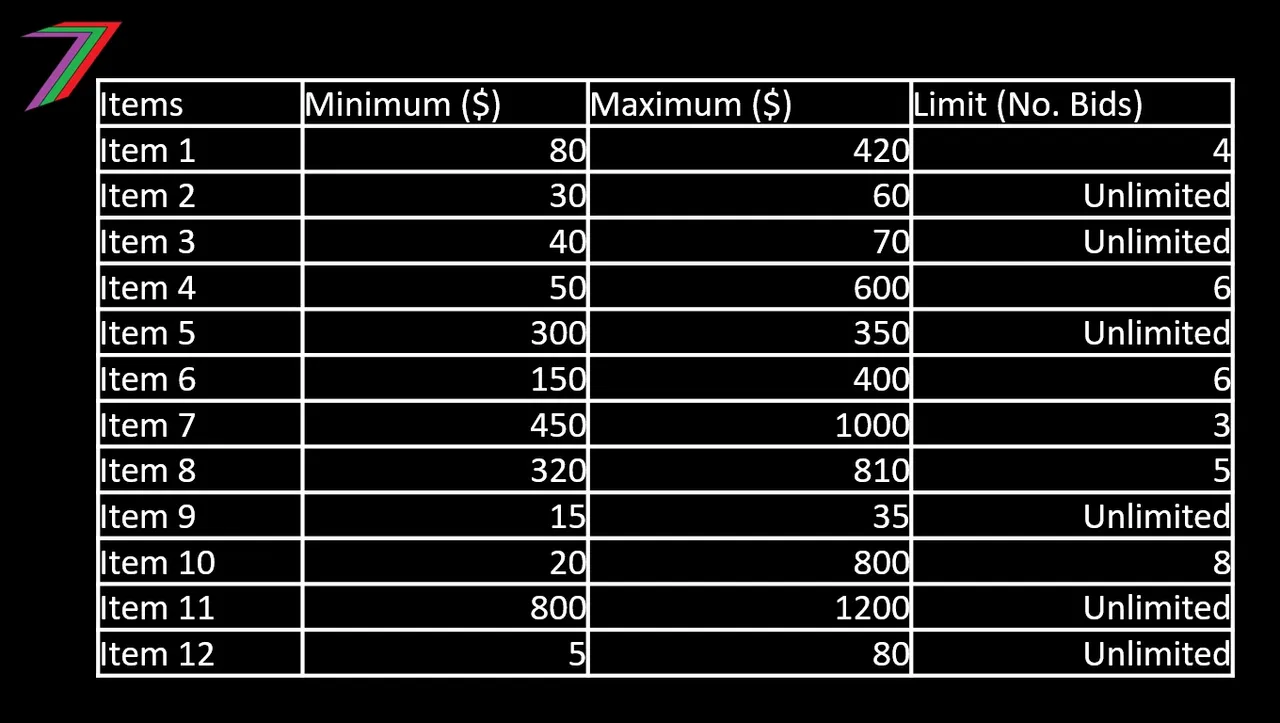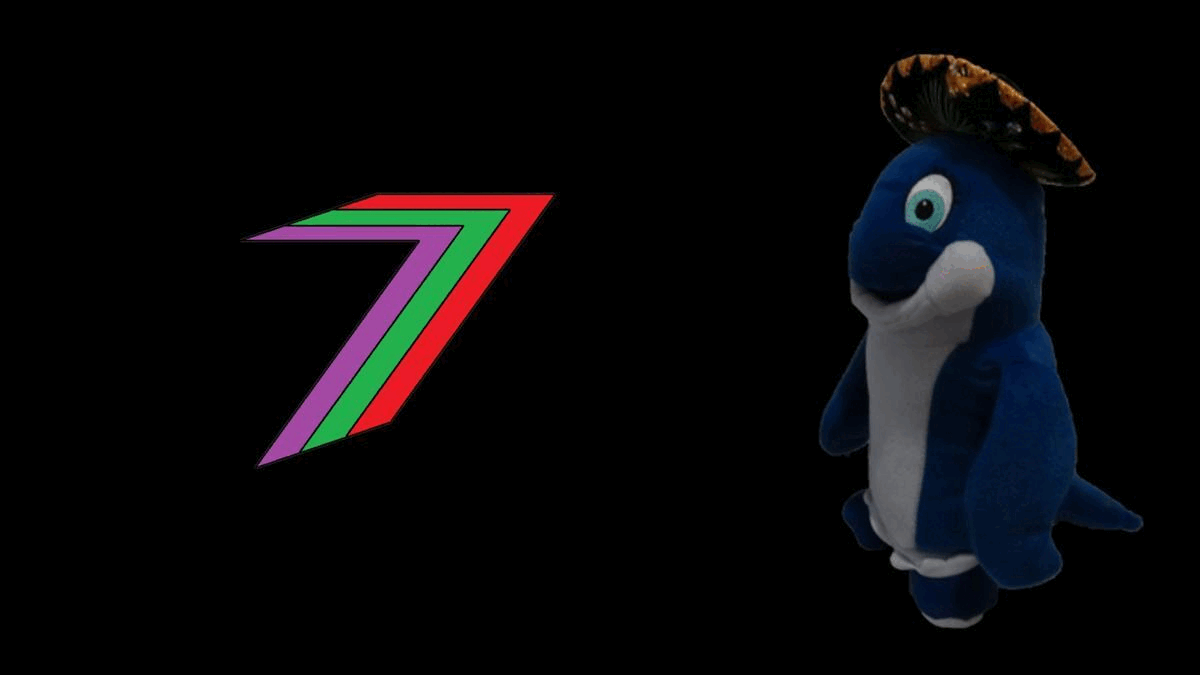Hi Everyone,

Welcome to the first Economics Contest for 2024! We kick off the year with the Auction Contest. The Auction Contest should be familiar to some of you. It was the February Economics Contest last year. See, Economics Contest 2: Auction – 30 Hive Power to be won. It has also been part of two previous Challenge Series. See Challenge Series 2021 and 2022 to get a better idea of how the challenge version of the contest was played.
I initially intended to run economic contests for the whole year. Something similar to last year. Last year, I ran 10 economics contests and 7 challenges in the Challenge Series. This year, I will still run the Challenge Series (2 months), but this contest and probably the Christmas Contest will be my only economics related contests for this year. I have decided to run a different type of contest for the remaining eight contests.
I have just published a book titled ‘Sapien Loop’. It has been available for just over a week on Amazon. I started posting chapters from the book back on Hive in September last year. You can access them on my other account, @captainhive. The upcoming eight contests will be focused on the book. In each contest, I will ask somewhere between 5 and 10 questions based on the book. The participant who answers the most correct answers will win 30 Hive Power (currently higher than the price of the book on Amazon).
These contests will begin next month. For now, enjoy this economics contest.
Welcome to the Auction Contest.
How to Play?
Auctions involve bidding on items to win them. The participant who bids the highest wins the item. In order to win this contest, participants need to be able to win one or more items. Winning the items through bidding is not sufficient to win the game. Participants need to bid below the value of the item to obtain value from winning the item. For example, an item could be worth $100. If a participant wins with a bid of $95, the participant has obtained a gain in value of $5 ($100 - $95). If a participant wins with a bid of $110, the participant has received a loss in value of $10 ($100 - $110). Participants with losing bids neither gain nor lose. At the end of the auction, the value obtained from each item won by each participant is summated. The participant with the highest total value wins.
The contest sounds simple. However, the value of each item up for auction is not revealed in the post. Instead, a range of values are presented. For example, an item could be valued between $50 and $150. The actual value is not revealed until the results are posted. The value is determined using a model that will be run in the results video. The model randomly generates a value between the ranges stated in the question. Possible values are uniformly distributed. For example, if the range is between $50 and $100, any value in this range is equally likely to be generated (e.g., 67 is equally likely to be generated as 98). Participants need to strike a balance between bidding high enough to win the auction but not too high to exceed the value generated by the model.
All entries must be made in the comments section of this post.
Each account is only permitted one entry.
Game Assumptions
The value of each item is the same for every participant. E.g., one participant will not value an item 3 times higher than another participant based on his or her own personal preferences. Imagine participants are acquiring these items for resale rather than personal use.
Each participant has an unlimited amount of money.
Each participant can only bid on a maximum of 5 items.
Some items are restricted to a limited number of bids (e.g. if an item is limited to 3 bids, the fourth bid or any bid after that is not considered).
What information is provided?
- All items are provided, but they are named as Items 1, 2, 3, etc.
- Exact values for each item are not provided. Instead, maximum and minimum values are provided. A model will be used to determine these values using a uniform distribution.
How are the results of the game determined?
A Microsoft Excel model is used to determine the exact value of each item. The results post will contain a video of the generation of the values. The winner will be announced in both the video and written post.
Contest Prizes
The account with the winning entry will receive 30 Hive Power and the first 12 entries will be given upvotes. If two or more participants are tied, the first participant to enter wins. If no participants obtain a positive value from their winning bids, the 30 Hive Power is rolled over to next month’s contest.
Let the Contest Begin!
For this auction, participants can bid on a maximum of 5 of the 12 items; they could bid on fewer if they choose. These 12 items are as follows:
Auction Items

The exact values of these items are unknown to the bidders. Instead, the bidders have information regarding the minimum and maximum values for these items. Table 1 contains the minimum and maximum values for these items and the maximum number of bids permitted per item. For example, if an item has a bid limit of 4, the fifth bid and any after that are invalid. It is important to take note of the previous participants’ bids to see if the limit has been reached on any of the items.
Table 1: Minimum and Maximum Values of Items

Entry Format
For this challenge, I expect to see entries made in the following format:
Item:
Bid:
Item:
Bid:
Item:
Bid:
Item:
Bid:
Item:
Bid:
Example of Entry
Item: 1
Bid: 160
Item: 6
Bid: 250
Item: 7
Bid: 600
Item: 10
Bid: 180
Item: 12
Bid: 60
The closing date and time for this challenge is 6PM coordinated universal time (UTC) 31/01/2024. Responses after this time will not be accepted. The winners will be announced in the results post along with the video containing the generation of values for each item.
I hope everyone has fun and enjoys the contest. I look forward to your participation next month.
More posts

I have several collections of posts. I have organised these collections based on content and purpose.
The first collection contains six collection posts created before PeakD had the collection feature. Four of these posts relate to the core of my content; one of them contains all my Actifit Posts, and one of them contains my video course, ‘Economics is Everyone’.
The second collection consists of the posts that I consider define my channel. These posts are significant in terms of content as well as how they contribute to the growth of the channel. These posts reveal the most about what I believe in.
The third and fourth collections are what I call my ‘Freedom-based Economics Living Book’. They contain all the posts that support my ideas about the value and power of freedom. Some of these posts explain what we can achieve with freedom and what we need to utilise it for. Some of them explain how we are deprived of freedom and how we often give up freedom for security and comfort. The third collection concludes with possible scenarios depending on what we (society) choose to do.
Hive: Future of Social Media

Spectrumecons on the Hive blockchain





